The Soviet Book of the Dead – World Peace Day @ Treptow Park
September 4th, 2009150 Mikrogramm, die sich in meinem Nervensystem für einen langen Tag am Dopamin-Rezeptor D2 und als Agonist am 5-HT2A-Rezeptor wie zu Hause fühlen. Da es alles ist, was sich reproduzieren läßt, zitiere ich die merkwürdige Stimme auf meinem Diktiergerät und zeige, was sich hinterher in meinem Telefonspeicher fand:
Treptow Park. This is the mythology I was raised in. Following this: am I a reformed communist, a spiritual one, a fundamentalist who isn’t after erecting new statues to bow down before? Only to bow down only before the collective miracle that is humankind.
This place is religious in the sense that it shows the attempt of people to understand something that they didn’t understand, that had just killed, tortured and enslaved millions of them. Similar to religions, they display hardly any understanding as to how they were involved in all that themselves, where to draw the line. This is exactly the biggest problem about this whole installation: where do I draw the line?
This is how it started, this is how it ends. They give another date for the beginning, they do not use the date close to their own invasion into Poland along with the Germans. But antifascism isn’t just about opposing Germany in WWII, that’s far too limited.
And I have to understand it without ridiculising it. They haven’t just put it up here like that. I cannot just say our ancestors left this terrifying imprint on them so they had to erect something infantile and religious, this would be arrogant and I don’t really think it’s hitting the spot.
This is not an altar, not a sacrificial place where people were lined up to be killed. There is no God demanding that. This is the place that shows how many sacrifices were needed. This is an educational place like religious places usually are. It’s telling a story that can’t just be told.
This is a mythological shrine that tells us how to defeat a monster, how to let the dragon eat metal. It features all these religious-historical places and items like Stalingrad, like the T-34: the place where we learned to fight the beast, the tool by which we did it. It says we had to become the beast in order to fight it. There is no deliberate hint in all this installation to how they had to be like the beast before to be able to do that. (You see the parades of soldiers, you see guns and tanks and you are somehow made believe that all this was built and installed after the Germans attacked.)
The moment I start considering this place to be holy the desecrators come along. They jump about a place where the death of millions of people is commemorated. They happily rejoice, and they come in waves. There are the sportive ones that run upon the hill, the reefers who try to get something cool out of it. People can just abuse it by having fun here, playing soccer on the graves, they can just laugh at the dead, they can just be ignorant, they can just fail to understand it, that’s just one way of desecrating it. But the other one far more common is to put yourself above it: we don’t need anything like this anymore, we’re so enlightened… And there is nobody there who would tell them where they are. Religion and the non-believers, that’s how it works.
Later they’re gonna go over to the Holocaust memorial to have some more fun!
Now go tell everybody that it’s just coincidental that you’re here today. No, you haven’t deliberately set out to see the Left Hegelian representation of the end of WWII on the 70th anniversary of its beginning.
Hegel: die Befreiung von faschistischer Knechtschaft. Wer wessen Herr und wessen Knecht? Und wodurch? Die Werttheorie ist eine Durchgangstheorie. Etwas, bei dem bestimmte Fetische und Sakramente vorkommen, die ihre Gestalt verändern; es wird im Heiligen rumgewühlt, der heilige Markt, Transsubstantiation usw. In dieser kommunistischen Vorstellung gibt es etwas, was über den Menschen hinausgeht. Die Menschheit. Das, was ich tue, geht auf den ideellen Gesamthaufen der Menschheit. Das ist eine grundsätzlich humanistische Idee. Das bedeutet, daß die Toten alle noch leben, daß sie alle noch sprechen, daß sie alle noch handeln, daß Geschiche das ist, wodurch sie das tun, und daß Religion wiederum das ist, wodurch wir damit Verbindung aufzunehmen versuchen. Dann ist das hier Religion.
Nobody admitted what those people going into death actually had to face. Die einen sagten, sie würden ihnen fehlen, die anderen sagten, sie würden für eine Mission sterben. Es waren mögliche Methoden, sie dazu zu kriegen es zu tun. Stalin überzeugte sie durch die Mission und durch Gewaltandrohung; die Mission, die Inspiration war wohl eher fürs Hinterland gedacht, um Unterstützung für die Maßnahmen zu bekommen. Man mußte die Menschen dazu zwingen, man mußte sie übers Ohr hauen. And that’s what’s superhuman about it, that’s what’s avantgarde about it, even religious, it’s more than human: it was there to motivate them to do stuff they wouldn’t just have done. In every partisan, in everybody sheltering refugees there was this motivation, some bigger idea than just himself.
And they will always go on saying that they acquired this by inspiring people when in reality they forced them to. It will always be the better thing to tell them afterwards. The less hurting thing.
The tourists are all trying to take a picture, like thieves, then they go again. They check carefully if the machine has properly recorded it, then they go. Once they have the proof for having been here they take off. Pictures with themselves on them and the dead. Hast du mich gut drauf? Ich neben den ganzen Toten?
Ceremonial Burial. Trying to make it appear as if the death of these people wasn’t in vain. As if they gave their lives for something good. Trying to give their death some kind of reason, some kind of meaning, some kind of purpose. Even if there isn’t. Even if their death just means that the others managed to kill them. Nobody actually asked them. They were thrown into battle. And before they knew they were dead.
In one respect this is wrong. We don’t really mourn the dead. We glorify them. We use them for our purposes. We try to make them march. Historical legitimization is mainly a parade of zombies. These people aren’t here anymore, they are dead. The way it’s presented here it isn’t scary though. This liberation thing really is a way to deal with death. One of the main religious aspects about communism is that it’s a way to deal with death. It makes dying, or having lived for something, meaningful. You won’t be lost, you’ll still be there. Not because of spiritual reasons but because the traces you leave behind, the things you produced, the battles you fought, the stances you took.
Conquering fear. The trick is to keep breathing. The trick is to keep making sense. Even if there isn’t any. No: without anybody there wouldn’t be any sense. You’re a sense generator.
Now I reach the point where I’m the desecrator. I cannot have this kind of trip here.

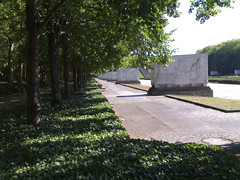



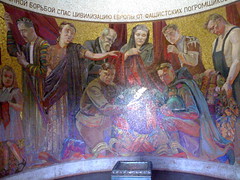
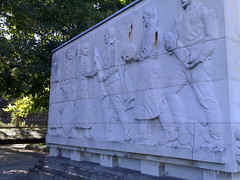

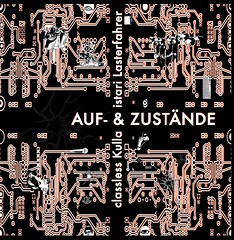
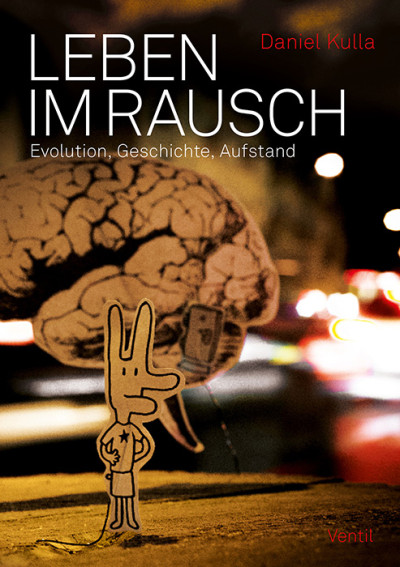



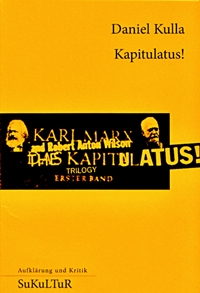
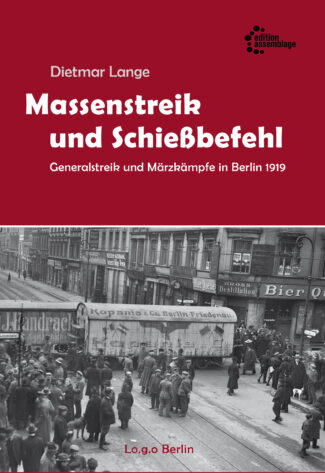
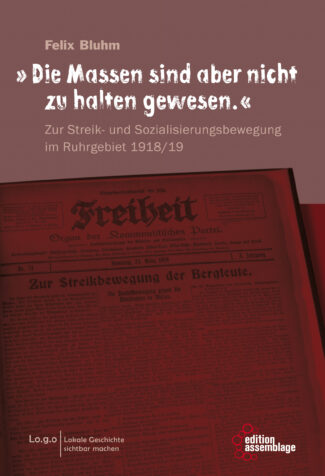
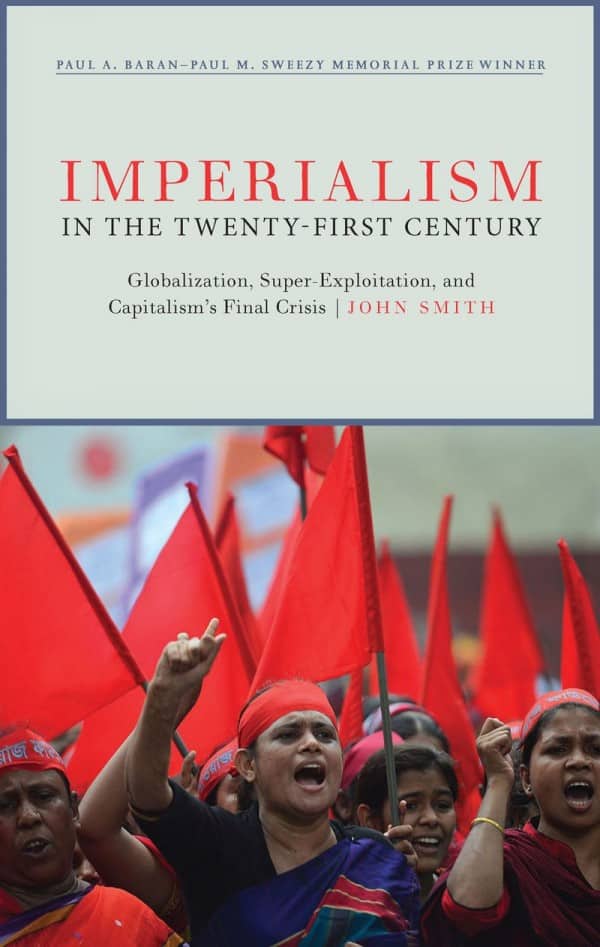







September 4th, 2009 at 17:25
Gehe ich recht in der Annahme, dasz du “dich” zitierst, weil du selbst nicht weiszt, was du davon halten sollst?
September 5th, 2009 at 14:12
Ich war eine ganze Weilt nicht dort, vor einigen Jahren dafür aber öfter, und jedesmal standen irgendwo Baugerüste im Weg. Heisst dass Du keine fotografiert hast dass jetzt keine mehr da sind?
September 5th, 2009 at 14:15
@ Mausi
Sort of, yeah.
@ Cannabis Kommando
Ende der 90er war die Anlage teilweise in einem bedauernswerten Zustand und wurde dann wieder restauriert. Davon gibt’s vor Ort auch Fotos zu sehen.